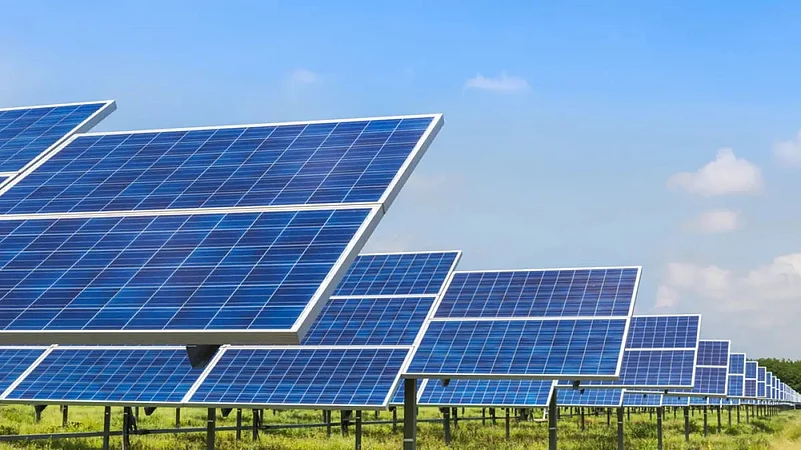The Ministry of New and Renewable Energy (MNRE) is now running two solar schemes, PM Surya Ghar: Muft Bijli Yojana and PM-KUSUM, revolutionising solar energy adoption in India. As per a report by Mercom yesterday, the ministry clarified that residential rooftop solar applications submitted before February 13, 2024, will not be applicable for central financial assistance (CFA) under the new PM Surya Ghar: Muft Bijli Yojana. Meanwhile, the Karnataka government earlier this week announced that it will install 40,000 off-grid solar pump sets under the PM-KUSUM scheme. Let's delve into the features of both these schemes.
PM Surya Ghar: Muft Bijli Yojana
Under the PM Surya Ghar: Muft Bijli Yojana, all residential households are eligible for subsidies on rooftop solar tops, where a 1 kWp device can generate 4 to 5.5 units of electricity on a sunny day. By sending subsidies directly to people’s bank accounts, and ensuring heavily concessional bank loans, Centre promised that the people will not face the burden of cost. Further, the citizens will also be able to sell the excess electricity that they have not used to the government.
Subsidy Structure: For households consuming 0 to 150 units per month, 1 to 2 kW rooftop systems are advised, where subsidies ranging from Rs. 30,000 to Rs. 60,000 can be availed respectively. Similarly, households consuming 150 to 300 units per month can install 2 to 3 kW systems and avail subsidies from Rs. 60,000 to Rs. 78,000. For households consuming more than 300 units per month, systems above 3 kW are advised, but the total subsidy is capped at Rs 78,000.
Applicants can register online at - pmsuryaghar.gov.in/consumerRegistrationl - by providing the necessary details. Then log in to your account and apply for rooftop solar plant installation. Then feasibility assessments will be done by distribution companies (DISCOMs). Upon installation and inspection, households can get a commission certificate from DISCOM, and submit it along with bank details to receive subsidy directly into their bank accounts within 30 days.
PM-KUSUM Scheme
The PM-KUSUM Scheme focuses on ensuring energy security for farmers and increasing the share of renewable energy sources to 40 per cent of India's power capacity. The scheme has three components.
Component-A: Under this component, farmers can set up Decentralized Grid Connected Renewable Energy Power Plants of capacity 500 kW to 2 MW on barren land, providing an additional income source. These power plants can also be installed on cultivable land on stilts where crops can also be grown below the solar panels. They should be installed within a five km radius of the sub-stations. Power generated will be purchased by local DISCOMs at 40 paise/kWh or Rs. 6.60 lakhs/MW/year, whichever is less.
Component-B: Farmers in off-grid areas receive central subsidy support for installing solar-powered agriculture pumps, or replacing diesel pumps with them. Financial assistance is provided for pumps of up to 7.5 HP capacity. Central Subsidy can be up to 30 per cent and the State Government will give at least a subsidy of 30 per cent. The remaining at-most 40 per cent will be provided by the farmer, for which they can avail bank loans also.
Component-C: Using government assistance under Kusum, Farmers with grid-connected pumps can solarise their pumps, use that solar power for irrigation and sell excess energy to DISCOMs. The same subsidy scheme of Component B applies here also
All these PM Kusum schemes are currently valid till December 31, 2026. The farmers have to apply via the state implementation agencies and typically it includes a Non-refundable Application and processing fee of Rs. 500.














